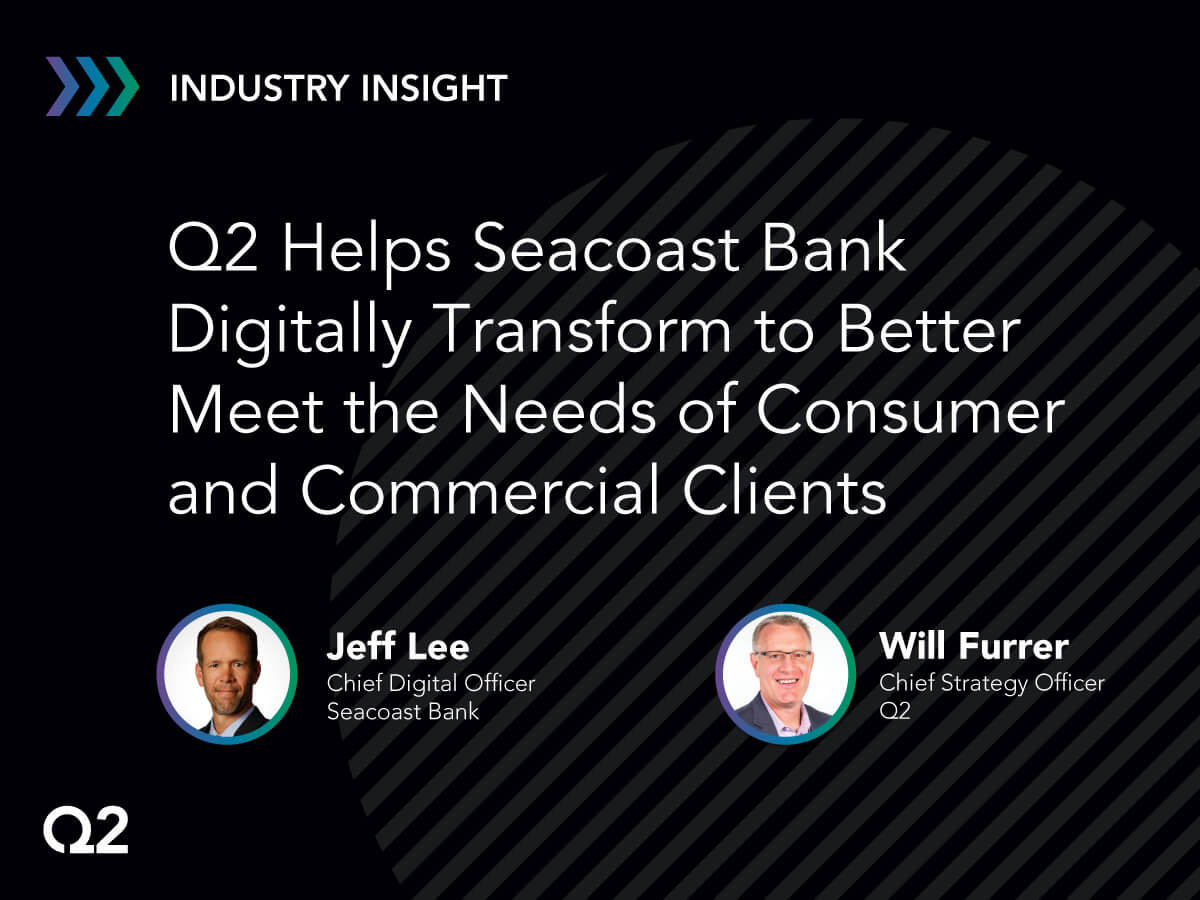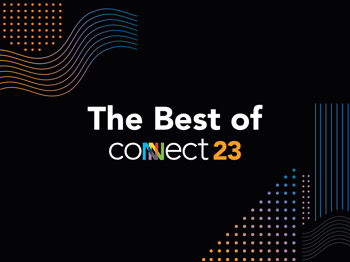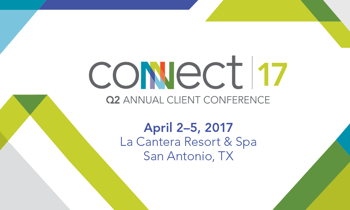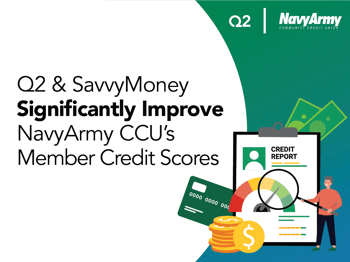Q2's Chief Strategy Officer Will Furrer spoke with Chief Digital Officer Jeff Lee of Seacoast Bank (Seacoast) about Seacoast's strategic focus on digital banking. Seacoast traces its roots to 1926 when it received its bank charter to open what today is Seacoast Bank. In 1933, Seacoast was moved to Stuart, Florida, where it opened as the only bank in the region after the Great Depression caused numerous bank closures. Today, Seacoast is one of the largest community banks in Florida, with over 50 full-service branches, assets of nearly $10 billion and over $8 billion in deposits.
What follows is Furrer's recent conversation with Lee, edited for flow and conciseness.
Will Furrer (WF): Jeff, let's start by having you tell us about the thirst for digital engagement you're seeing in the banking industry. t
Jeff Lee (JL): It had already been pretty strong prior to the pandemic. In our bank in particular, we've seen quite a bit of healthy adoption of digital tools prior to the pandemic, and we focused a lot on it. Our customer engagement levels went from really good to surging to an even greater level.
Customers who had been a mixture of digital and branch suddenly were 100 percent digital. Customers who were ordinarily branch only were now moving steadily toward digital. So it really sped up a trend that was already underway, and I think it magnified just how important this space is for the economic model of a bank.
WF: What has it been like for your employees? How have you seen digital not just impact your account holders, but the folks in your operational centers and call centers?
JL: It's been a fascinating evolution for us over the last several years. Initially, when we started pushing quite a bit harder on digital, there was some concern amongst retail employees not only about what it meant for them, but what it meant for their jobs.
We've spent a lot of time internally on our culture and on helping our associates understand that as customers change their expectations, we have to adjust our strategy. Digital and community actually work really well together, if you can kind of recalibrate your thinking.
WF: When you think about your differentiators as a bank, and as you march on with your growth strategy, driven by a sense of community and service, how are you seeing that competitive advantage evolve?
JL: It's certainly evolving. First, our people are always a differentiator. They're locally connected, and they'll do anything for the customer. But what we're seeing now is that technology is just so vitally important for the customers, and not just consumers. It's vitally important now for business customers, too.
Customers want that relationship with us, but they won't give up the technology. They won't give up the modern convenience in order to have that relationship with the banker. So we've got to do both really, really well.
WF: When you think about the role that technology is playing, what are some of the trends you see with your business customers? How are they actively banking with you digitally? How are they utilizing mobile to run their businesses?
JL: I think online banking has been a pretty important factor in the eyes of business owners for a while, and for commercial business as well. We saw that from previous research. The third most important factor for a commercial business in choosing whom to bank with was how intuitive the banking experience was. That was before the pandemic; Covid just accelerated it.
But the importance of mobile also continued to skyrocket, and a disparity developed between what you can do online and what you can do with mobile. And customers, especially business customers, are increasingly saying, "No, I've got to be able to do it all on mobile." And that's not just the super small businesses. We're seeing that move upstream as well.
WF: Can you tell us about the experience of your evaluation process as you considered a technology shift for your business?
JL: We've spent a lot of time canvassing the landscape and soul searching within our own company about where we are. We've also been getting closer to our customers to get a sense of what they are saying and what their expectations are. So all those things came together.
What was clear to us was that we needed a partner who had the same sense of urgency that we did. We needed a partner that was committed to continually evolving and staying in lockstep with what customer expectations are.
So, is there a vision? Is there a proven track record? Is there a sense of urgency of the pace of change? Is the technology sound and flexible? And can we innovate together? The answers to those questions are what led us to Q2.
WF: When you think about being able to capture the entire value of an M&A transaction, can you tell us what role technology will play and how that weighs in your decision?
JL: It's vitally important. We continue to execute what we call a balanced growth strategy, combining organic growth in the state of Florida with selective M&As in attractive markets. A big part of organic growth is winning all the business from that client, not just the loan. We want to cross-sell all of our other services, and technology is a super important part of that.
On the M&A side, as we're acquiring banks in other markets, we're onboarding a brand-new customer set. It’s a golden opportunity to win more business and become the primary bank, and one of the things that sits at the middle of being primary is a great digital banking experience.
WF: When you think about retaining those customers and growing them, are you seeing the comprehensive nature of the Q2 solution as a driver?
JL: We absolutely are. Getting that relationship anchored is super important. Probably the stickiest way to anchor that relationship is through a great digital experience. And that applies to existing and newly acquired customers.
WF: What sort of things did our teams demonstrate that gave you confidence that we were going to be able to keep up with this sense of urgency you mentioned?
JL: We spent a lot of time together getting to understand our respective companies. And what I saw was the sense of urgency, the proven track record, and people committed to doing what they said they were going to do.
That was really important to us, because it’s how we operate our business. I think initially when we started spending time with Q2, we were really impressed with the architecture. Flexibility is so vitally important and can be used as a strategic advantage on our side. But as we continued our conversations, over months and even years, what we saw was just how much Q2 continued to evolve.
We believe in momentum, and we look for partners that have great momentum in such an important space.
WF: How important was that growing maturity and commitment to delivering on our promises?
JL: Our partners make commitments to us, we make commitments to our customers, and our customers have the ultimate say on how we're doing. And so staying close with what those customers' expectations are is important to us. We have to be able to move swiftly as customers expect more digitally, and that's why we're with Q2.
For more information, visit Q2.com.





